A standard round of golf consists of 18 holes. Golf courses, therefore, almost always 18 holes, though some smaller courses may have only 9 holes and are played twice. Golf courses can differ greatly in terms of design, length and difficulty. While the layout of each golf course is different, all courses share a set of elements:
The Tee
Play on each hole begins on the teeing area, from which the first shot - or "tee shot" - is hit. Golfers generally use a small plastic or wooden tee, hence the name of this part of each hole, to prop the ball up. This makes the ball easier to strike, particularly with a driver (see golf equipment).
The Green
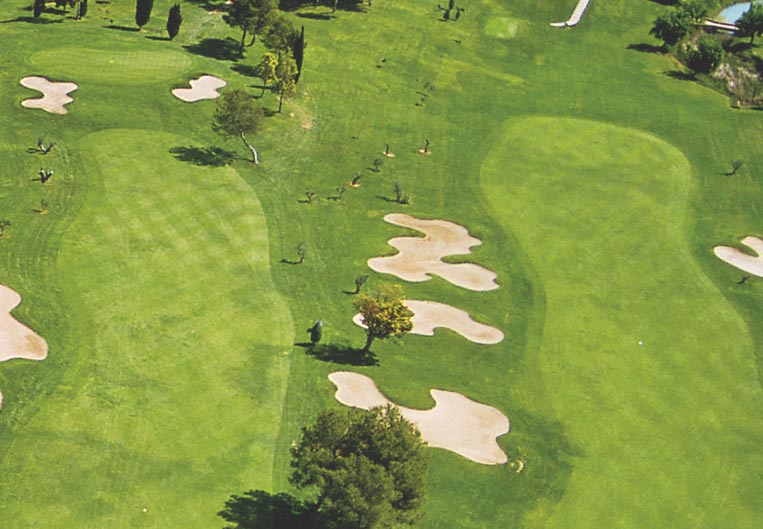
The green, where the actual hole in the ground is located, is the target and final destination of each of a course's 18 holes. When they manage to get their ball onto the green, the golfer uses his putter (see golf equipment) to "putt" the ball towards and/or into the hole. A putt is a shorter and less powerful golf stroke in which the golfer doesn't carry out a full swing like with a driver or an iron. While other shots have the ball flying through the air, in a putt the ball doesn't leave the ground. It makes sense, therefore, that the green has very short grass to ensure that the ball rolls smoothly over the green.
The Fairway
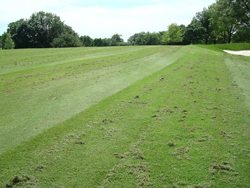
One of the areas lying between the "tee" and the "green" is the fairway, which can be considered the good part. Though not as short as that of the green, fairway grass is also cut short and is the most advantageous area of the course from which to continue the quest towards the hole.
The Rough
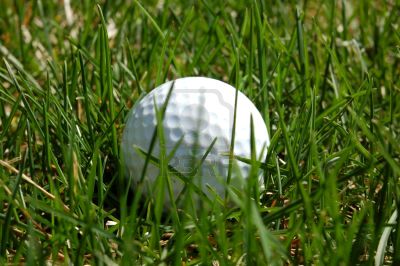
If the fairway is the good part, then the rough is part of what comprises the bad part. The areas between the fairway and the out-of-bounds lines as well as between the fairway and the green is called the "rough". The grass is longer and therefore makes it more difficult for the golfer to hit his ball.
Hazards
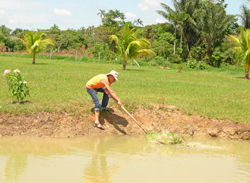
If the fairway is the good part and the rough is the bad part, then the hazards are the worst and most frustrating part! Hazards can be natural or man-made and are grouped into three categories:
- water hazards: ponds, lakes, rivers, streams, etc.
- man-made hazards: bunkers (shallow pits filled with sand)
- natural hazards: dense vegetation
Hazards even have special rules for play. For example, before hitting a ball in a hazard your club cannot touch the ground- weird, right? A ball lying in a hazard can be played as it lies without any sort of shot penalty. If you cannot play the ball (for example, it's at the bottom of a pond), the ball can be hit from a different spot. Called a "drop", this generally carries with it a one-shot penalty.
Practice Areas
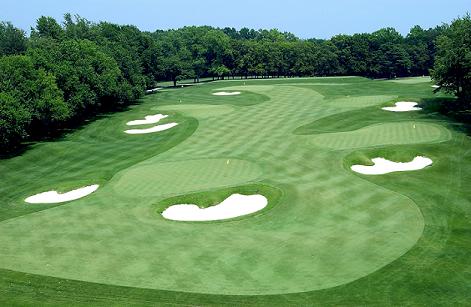
Many golf courses have various practice areas where you can work on your various strokes. Typical areas include
- driving range, from which you can hit buckets of balls and work on aim, distance, etc.
- practice green: to practice putting to numerous strategically placed holes.








